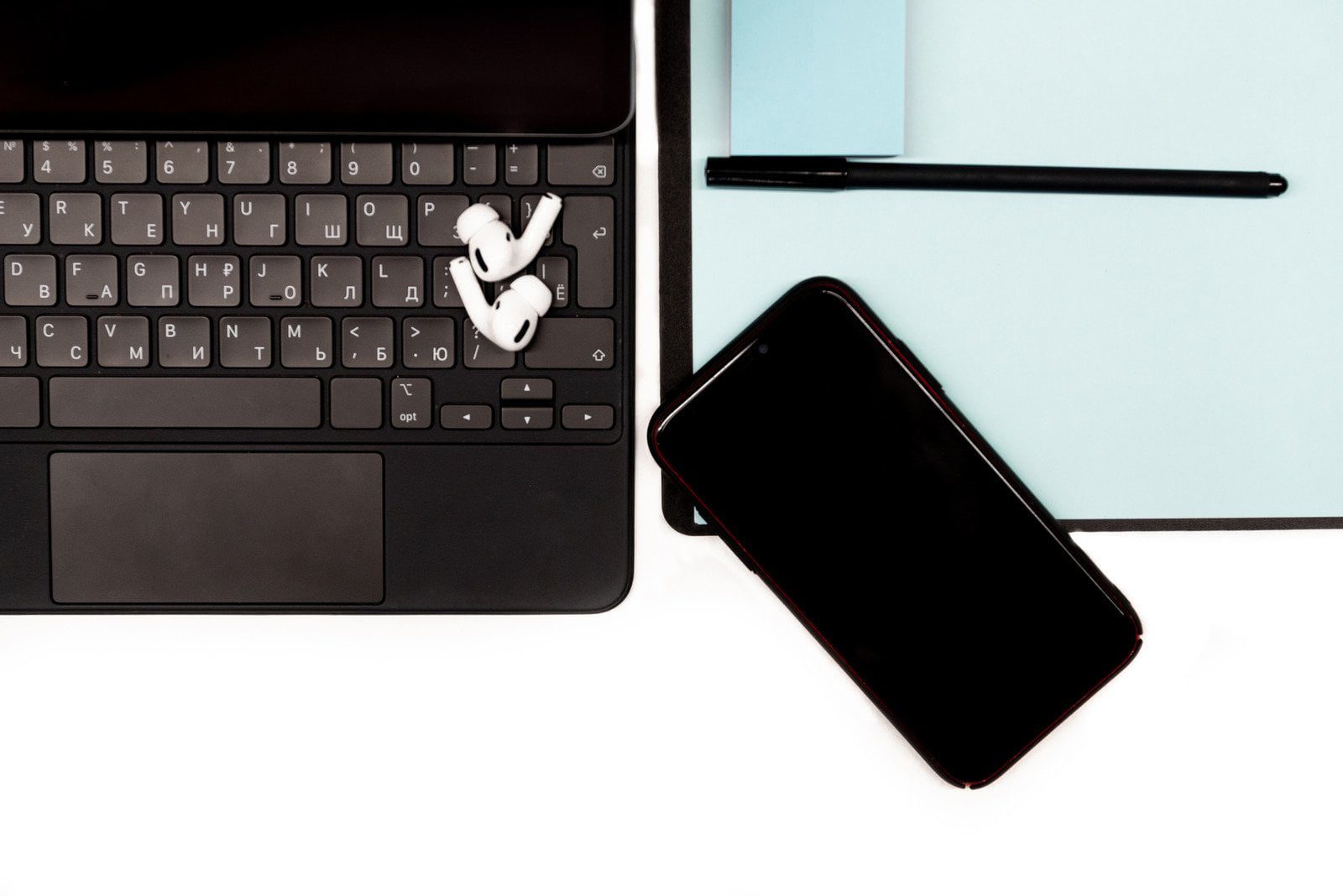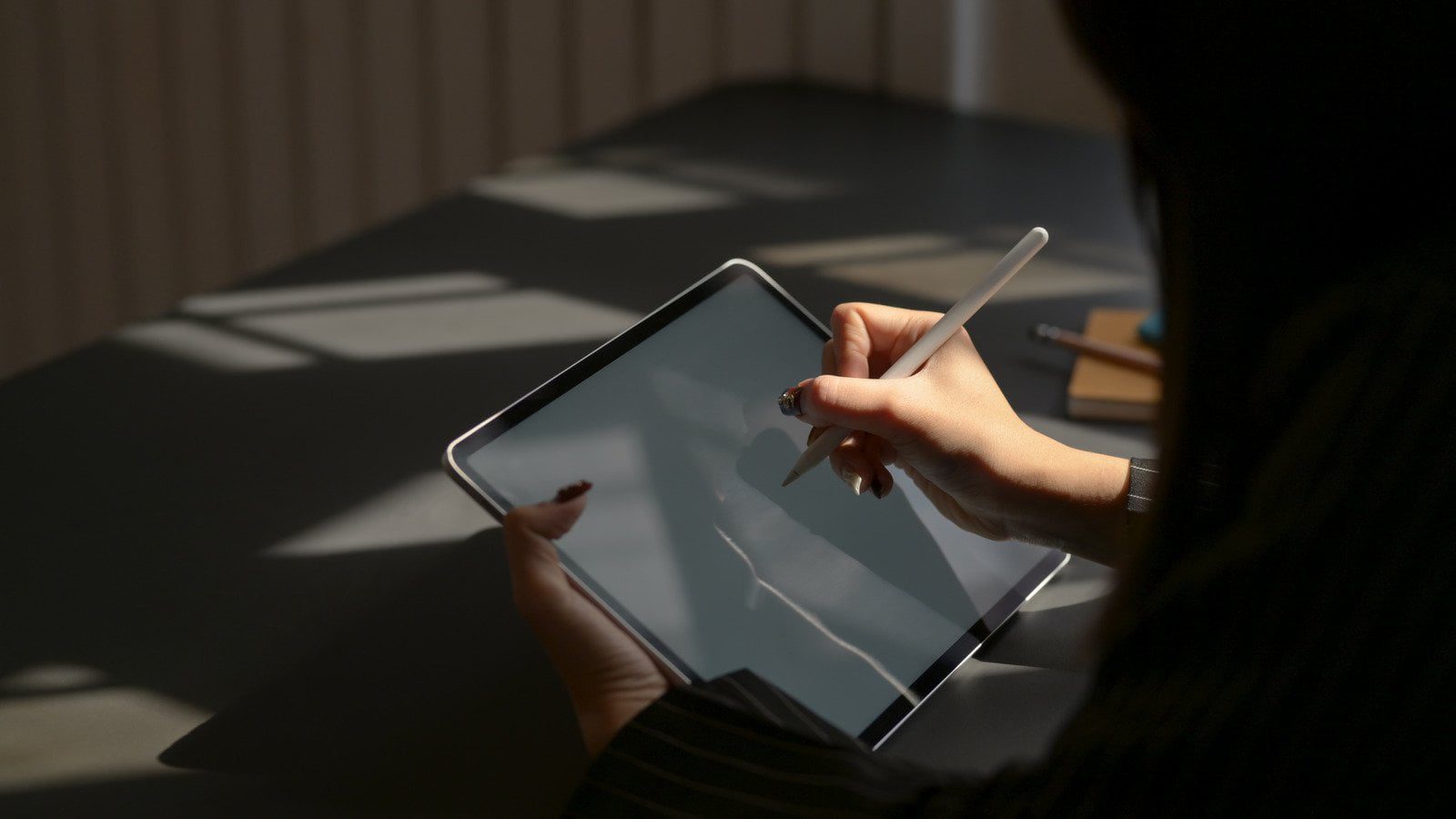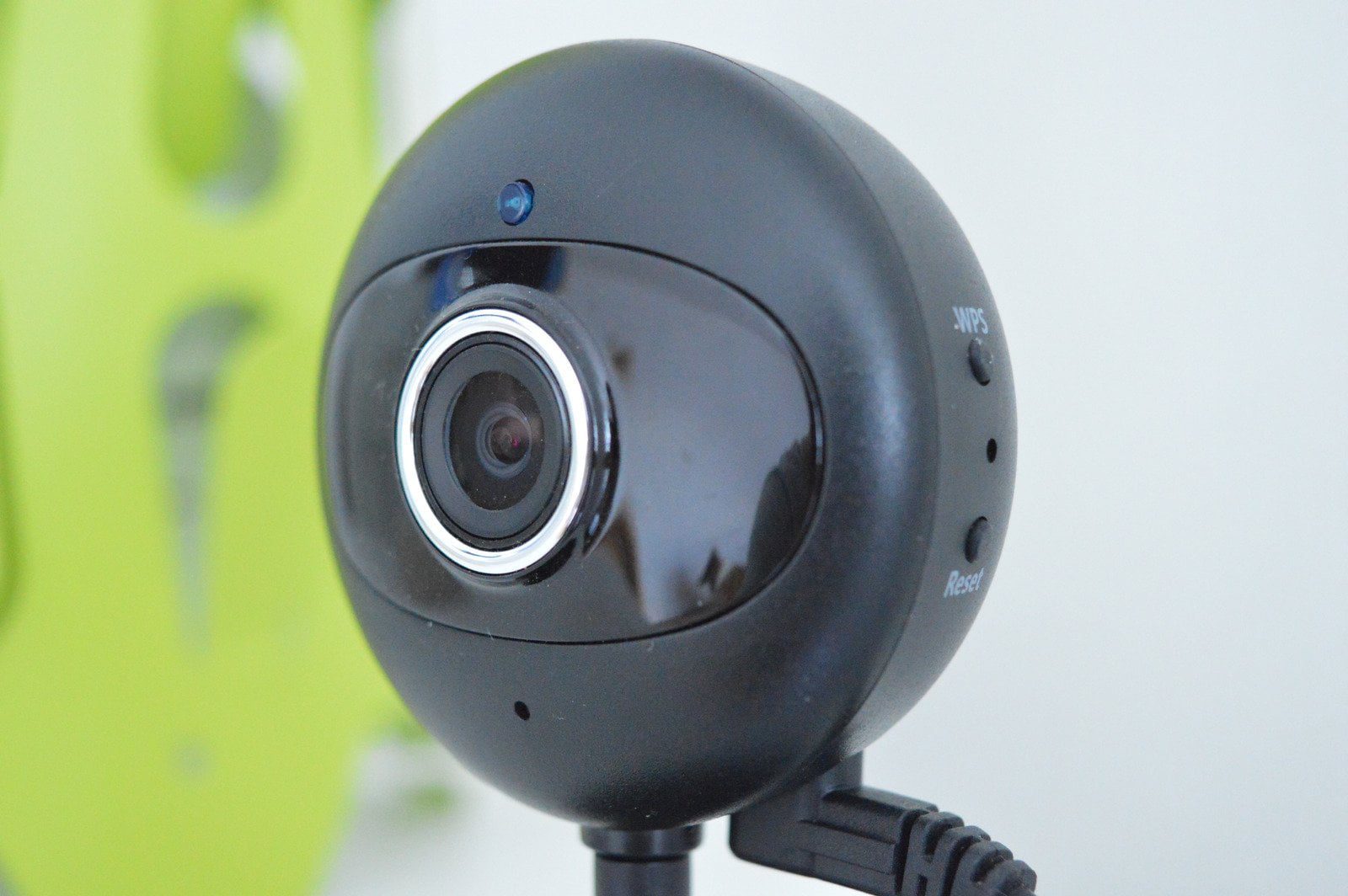Step into the classroom of the future, where traditional teaching methods are paving the way for innovative EdTech solutions. Education Technology, or EdTech, is revolutionizing the way students learn and teachers instruct. From interactive apps to virtual reality simulations, the possibilities are endless. Let’s explore how EdTech is shaping the future of education and transforming learning experiences for all involved.
Benefits of using EdTech in the classroom
Embracing EdTech in the classroom opens up a world of opportunities for both educators and students. One significant benefit is enhanced engagement – interactive tools capture students’ attention and make learning more enjoyable. Additionally, EdTech promotes personalized learning experiences tailored to individual student needs, fostering better understanding and retention of concepts.
EdTech also encourages collaboration among students through online platforms and group projects, preparing them for real-world teamwork scenarios. Moreover, incorporating technology into education equips students with valuable digital skills essential for their future success in a tech-driven world.
Furthermore, EdTech allows teachers to track student progress more efficiently through data analytics, enabling targeted interventions to support struggling learners. The integration of technology in classrooms enhances teaching effectiveness and student outcomes significantly.
Examples of successful EdTech tools
In the realm of education technology, innovative tools have been transforming traditional teaching methods. One successful EdTech tool is Kahoot!, a game-based learning platform that engages students through interactive quizzes and challenges. By gamifying the learning experience, teachers can make lessons more exciting and boost student participation.
Another standout example is Google Classroom, which streamlines communication between educators and students by offering a centralized platform for assignments, feedback, and collaboration. This digital hub enhances organization and enables seamless remote learning opportunities.
Additionally, Nearpod is revolutionizing classroom engagement by integrating multimedia content into lessons through interactive presentations. With features like real-time assessments and virtual reality experiences, educators can cater to diverse learning styles while keeping students engaged.
By incorporating these successful EdTech tools into their teaching practices, educators are paving the way for a more dynamic and interactive educational experience for students around the globe.
Challenges and limitations of implementing EdTech
Implementing EdTech in the classroom comes with its fair share of challenges and limitations. One common issue is the lack of proper training for teachers to effectively use these tools. Without adequate support and guidance, educators may struggle to integrate technology seamlessly into their lesson plans.
Another obstacle is the cost associated with acquiring EdTech resources. Not all schools have the budget to invest in expensive software or devices, which can hinder equal access to technological advancements among students from different socioeconomic backgrounds.
Additionally, there may be resistance from traditionalists who are hesitant to embrace change and prefer more conventional teaching methods. Convincing stakeholders of the benefits of EdTech and overcoming skepticism can be a daunting task for educational institutions looking to modernize their approach.
Furthermore, ensuring data privacy and cybersecurity when using digital platforms is crucial but can pose significant challenges without robust safeguards in place. Balancing innovation with security remains a pressing concern as technology continues to evolve in education settings.
The future of education with EdTech
As we look towards the future of education, it’s clear that EdTech will play a pivotal role in shaping how students learn and teachers teach. With advancements in technology, the possibilities are endless. Virtual reality can transport students to far-off places without leaving the classroom, making learning more immersive and engaging.
Artificial intelligence can personalize learning experiences, catering to each student’s individual needs and pace. This level of customization ensures that no one is left behind or held back by a one-size-fits-all approach. Collaboration tools allow students to work together on projects in real-time, fostering teamwork and communication skills essential for success in the modern world.
As EdTech continues to evolve, educators must adapt their teaching strategies to incorporate these innovative tools effectively. Embracing change and staying up-to-date with technological trends will be crucial in preparing students for a future where digital literacy is paramount. The future of education with EdTech is bright, promising a more interactive, personalized, and inclusive learning experience for all.
How teachers can incorporate EdTech into their teaching strategies
As the landscape of education continues to evolve, incorporating EdTech into teaching strategies is becoming increasingly vital. Teachers can start by familiarizing themselves with various EdTech tools and platforms available, attending training sessions to enhance their digital skills, and collaborating with colleagues to share best practices. By integrating technology effectively in the classroom, educators can create engaging learning experiences that cater to different learning styles and abilities. Embracing EdTech opens up endless possibilities for personalized learning, collaboration, and innovation in education. The future of teaching is undoubtedly intertwined with technology, shaping a more dynamic and interactive educational experience for students worldwide.















